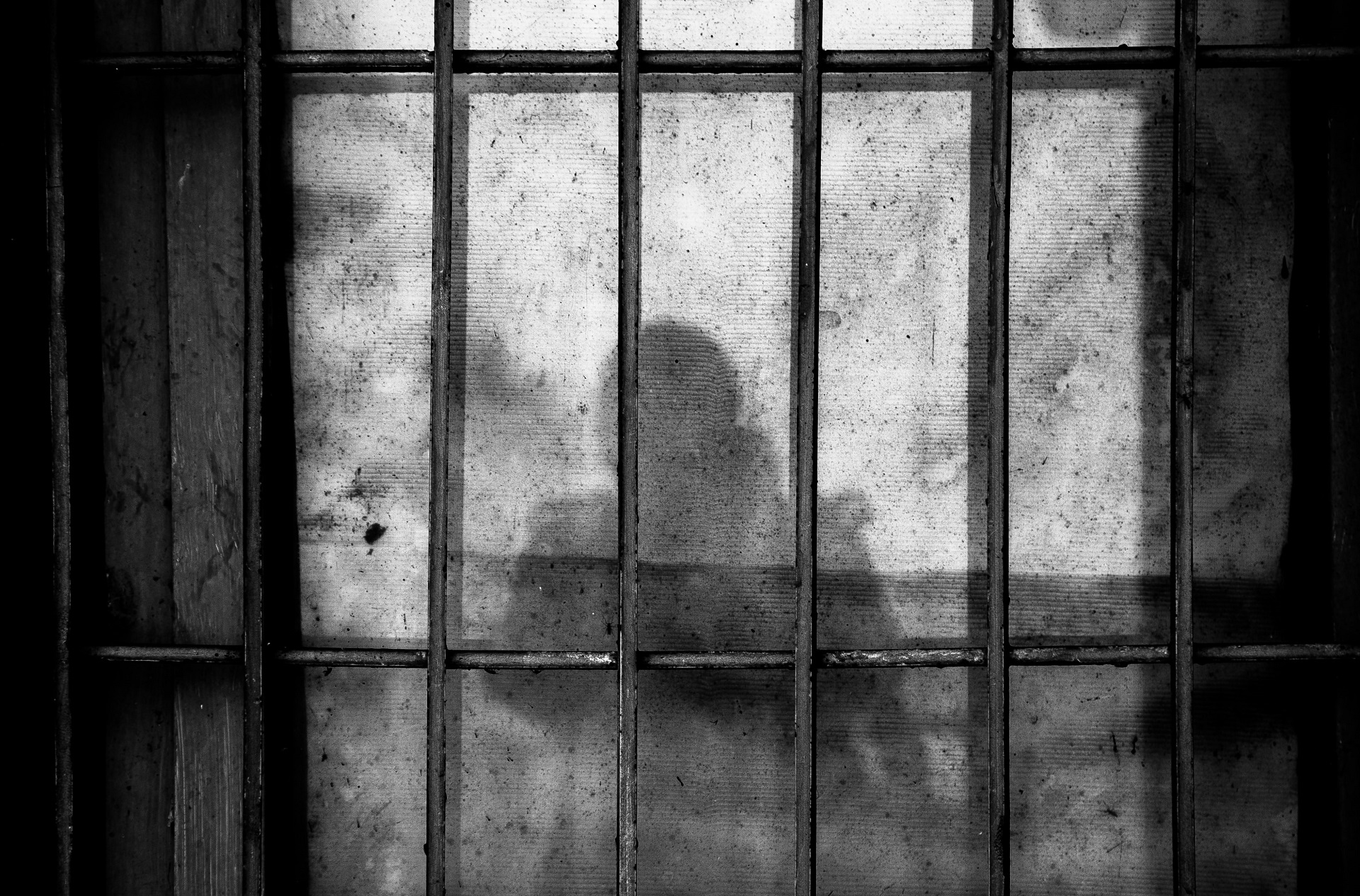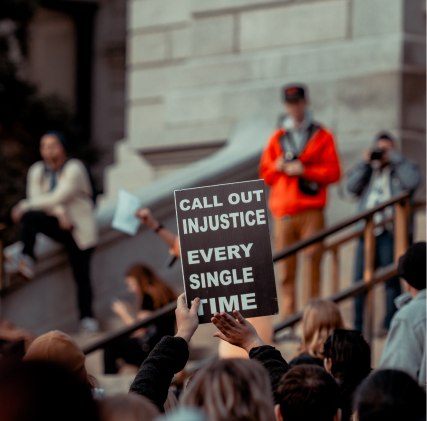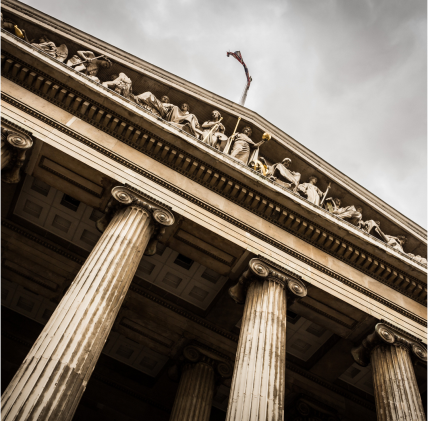
When someone is arrested in the United States, a judge must decide whether they await trial in jail or at home.


What impacts a judge's decision? We built an algorithm to find out.

Common facial features like skin color, gender presentation, and aging effects did not explain the judge's decision. Judges, and the algorithm, were seeing something else.
We needed a way to understand what the algorithm was seeing in a face. So we built a facial transformation tool to communicate with the AI.


We exaggerated the facial features the algorithm noticed and then asked study participants to name the difference between two transformed faces.

We found that a gaunt, thin face was more than half as predictive as a previous felony.
Learn more about how we made these discoveries59% decrease in detention rate
44% Decrease
23% Decrease
20% Decrease
A face can be the difference between detention and release, and facial features on their own can be more impactful than the type of crime.

Newly discovered facial bias is causing injustice.

We can help judges counter it.

New policies could lead to less biased decisions.